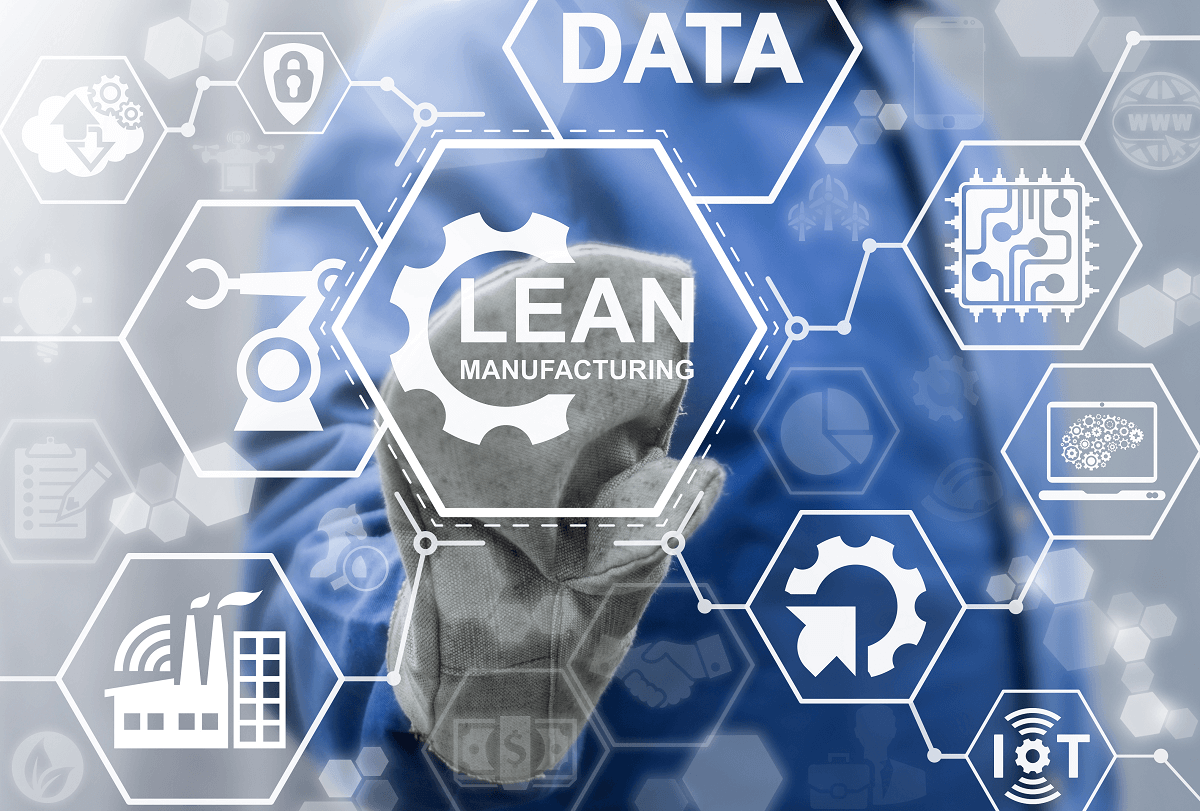
5 Keys for Improving Manufacturing Cost Estimates
Manufacturers are optimistic, at least according to the latest Manufacturers’ Outlook Survey conducted by National Association of Manufacturers; optimism is at an all time high of nearly 94 percent, according to the survey.
That does not mean that manufacturers are without worries. One big concern is the rising cost of materials, and how the ongoing trade war might affect supply chains. This rising cost eats into profit margins, and it also makes accurate cost estimates more challenging for manufacturers.
With that in mind, here are five keys for improving the accuracy, transparency and consistency of cost estimates in the face of rising and uncertain material costs.
Key #1: Factor the Actual Costs of Production
Cost estimates among manufacturers often rely cost averages and ballpark numbers for the various costs involved in a production job. This made sense when firms relied on paper, pencils and spreadsheets for cost tracking in manufacturing. It makes a lot less sense in the era of cloud ERP for manufacturers.
ERP systems today can create an accurate bill of materials for manufacturers that takes into account the real-time pricing of raw materials available from various suppliers, as well as the actual resources that go into a production job. This can bring substantially more accurate, precise calculations when estimating cost.
Why Manufacturers Need Cloud ERP
Key #2: Eliminate System Silos
A second key for more accurate, transparent and consistent price estimates is standardizing around a single source of truth for all manufacturing data. Without a single, centralized system connected to all company data, it is not possible to perform accurate cost tracking in manufacturing. The data isn’t all there, and pulling it together is a kludge at best and opens the door to the more serious issues of human error and inaccurate quoting.
Businesses should be working from a single source of truth already with their ERP system; cloud ERP for manufacturers makes it relatively easy to track and house all of a company’s data in a single system. Some manufacturers are still using older, on-premise ERP solutions that do not fully integrate with cloud services and all parts of the business, however, so this key is worth mentioning even if it also is obvious.
Key #3: Include All Manufacturing Costs
When making cost estimates, manufacturers often include the obvious inputs but miss some of the more subtle costs that go into an accurate quote.
Direct material purchased or manufactured, labor used in the manufacturing, and subcontractor labor and inputs are rarely missed. Cost tracking in manufacturing sometimes misses other factors such as machine costs, overhead spread out across multiple jobs or indirect materials used, among others.
Accurately capturing the true cost of a manufacturing job requires a thorough calculation of the actual expected spend, and this can only come from having all factors relating to the business entered in a firm’s business software. Not just the production costs, but also the cost of marketing and sales, purchasing, distribution, customer service, as well as any variable costs that might affect a manufacturing job such as unusual materials or hazardous materials disposal.
You need the full picture to make accurate, consistent cost estimates. Again, cloud ERP for manufacturers can help.
Key #4: Automate Data Collection
A fourth key for improving cost estimates and accurately price tracking in manufacturing is eliminating manual business processes.
Manual business processes require people, and people make mistakes. When data is collected or entered manually, there’s always the chance for error that leads to incorrect data when it comes to cost estimates.
Automation eliminates this challenge and improves both the time it takes to calculate a cost estimate, as well as its accuracy. Digital shop orders that don’t require data entry and automated processes are known keys for reducing data error, and that means more accurate costing. So nothing should be on paper, and as much should be automated as possible.
Key #5: Monitor Against Standards
Finally, a fifth key for better cost estimates is a thorough use and enforcement of standards. Cloud ERP for manufacturers can make production exceedingly precise.
Exception reporting can quickly identify deviations that are too far from the norm, ensuring that production jobs don’t stray from the expectations that were used when calculating cost estimates. This can spare manufacturers a long tail of poorly produced products.
Standards also can provide visibility into areas that need improvement. Through the use of key performance indicators set within a manufacturer’s ERP system, firms can notice when performance is slipping and take corrective action before this substantively affects the cost of a production run.
If it seems like all of these keys come back to ERP, you’re right.
Accurate, transparent, consistent cost estimates and calculations are at the heart of the ERP value proposition. Accuracy and a complete picture of the business is one of the main advantages of an ERP system. Any serious attempt at calculating the cost of business and understanding the dynamics of a firm starts with its ERP system.